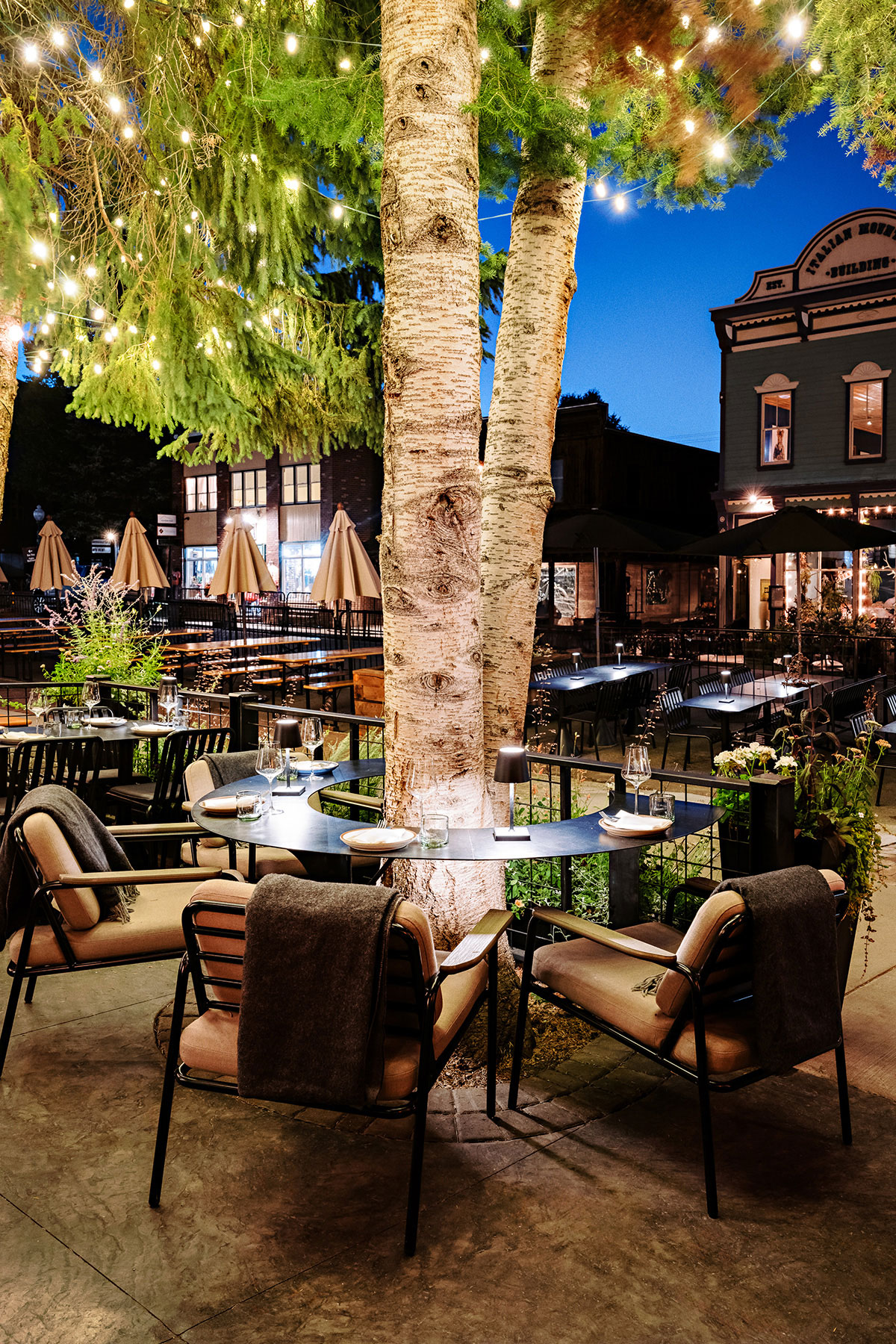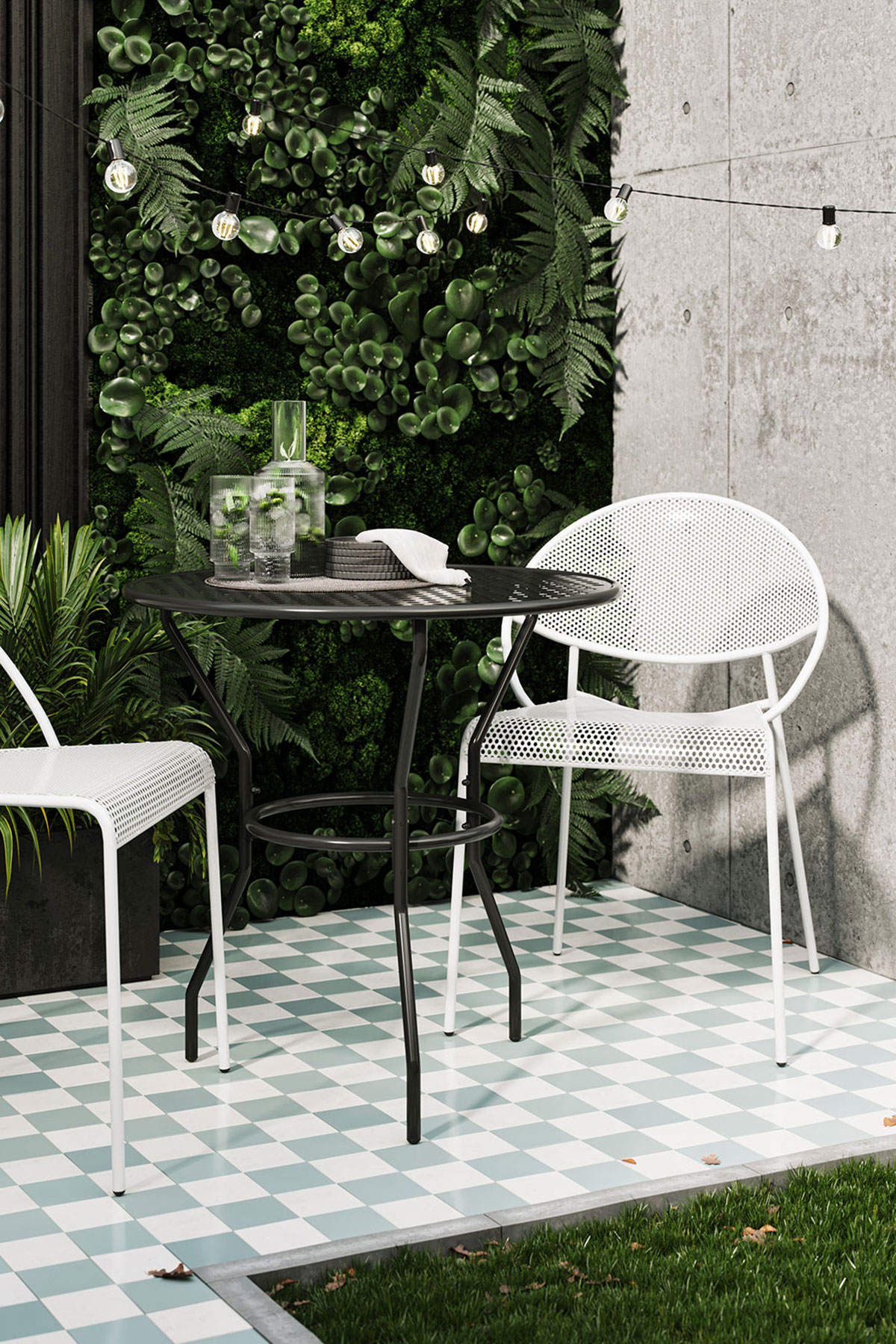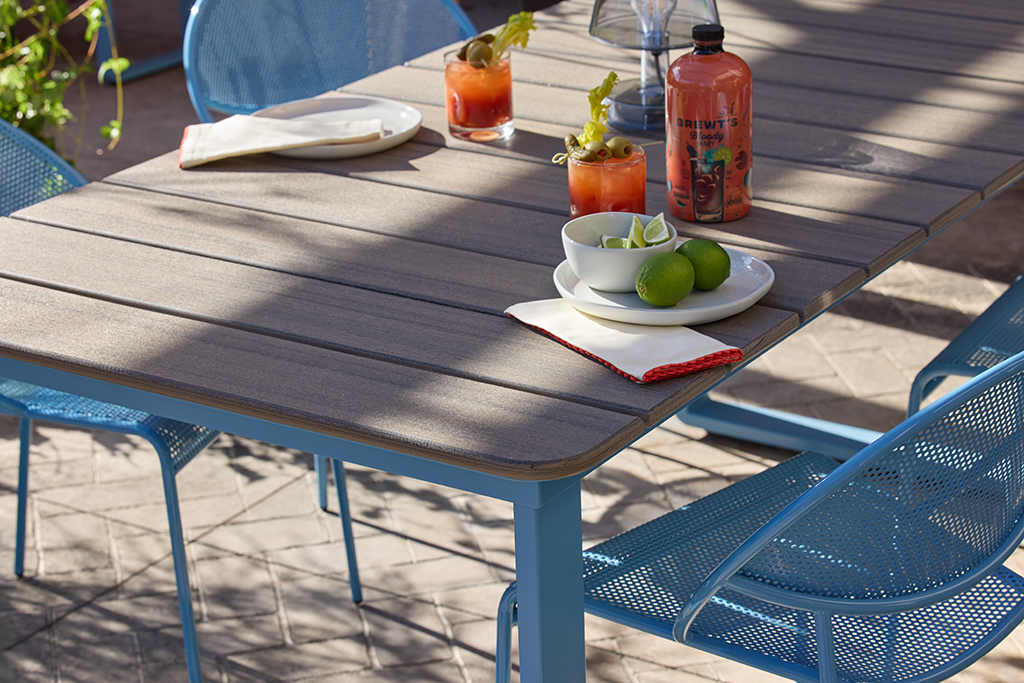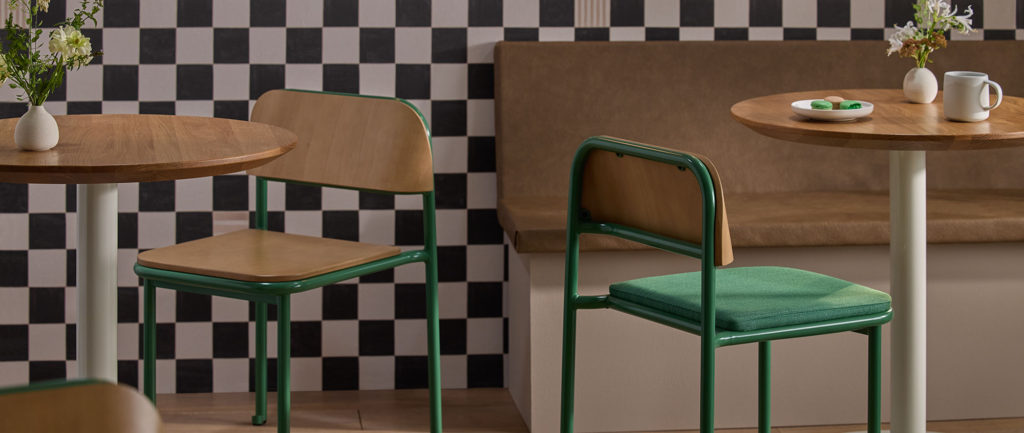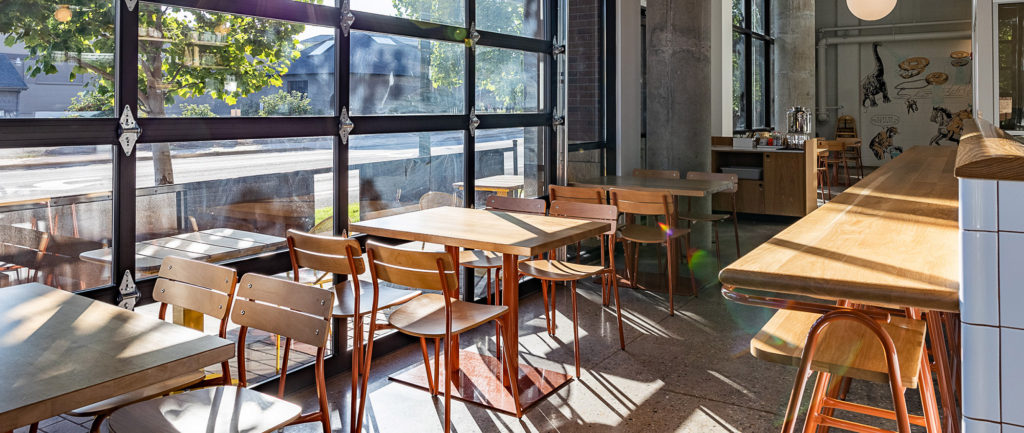Let’s Take this Outside—Outdoor Spaces that Bring Us Closer
When we talk about designing for connection, look beyond the walls. Thoughtfully designed outdoor spaces can bring us back to ourselves and closer to one another.

There’s something about being outside that just feels right. Maybe it’s the way your shoulders drop when you sit under a tree. Maybe it’s the sound of leaves rustling in the breeze, the way the warmth of the sun hits your skin, or the quiet hum of people passing by. Whatever it is, outdoor spaces have a quiet power—and when they’re thoughtfully designed, they have the ability to bring us back to ourselves and closer to one another.
Designed to Make You Feel Something
Nature’s always had an effect on us. Research confirms it, but we’ve always known it deep down: we feel calmer, more focused, and a little lighter when we’re surrounded by trees, fresh air, and natural light. Green spaces are known to reduce stress and improve mood by lowering cortisol levels, boosting serotonin and dopamine, and helping us focus. Add in a break from digital distractions, and the result is a healthier, more balanced mental state.
These days, designers are tapping into that with intention—bringing in biophilic elements like greenery, water features, and warm materials that are inspired by nature to help people breathe a little easier in a busy world.
These are the ingredients that make connection feel more natural. You show up more fully, whether you're catching up with friends, having lunch with coworkers, or striking up a conversation with someone new. That’s the magic of good outdoor design. It’s never just about the setting—it’s about how it makes you feel, and how those feelings ripple outward into the way we relate to each other.
Comfort, Considered
Outdoor design isn’t one-size-fits-all. What works in Phoenix might not fly in Minneapolis. In warmer climates, light tones, the shade from lush greenery and breathable materials help to beat the heat. In colder or seasonal ones, like right here in Michigan, built-in fire pits, soft lighting, and protective structures extend patio season long past the first frost.
And while materials, color palettes and plants play a big role, furniture matters too. Tables and chairs aren’t just placeholders to fill an empty space—they set the tone. Are you settling in for a deep conversation? Find comfort in the Rita Lounge tucked amongst the greenery. Perching for a quick coffee break? Set up at the Opla Outdoor Table for a solo session, or for coffee chat. Hosting a team happy hour under string lights? Gather around the Bowen Communal Table to unwind over a cocktail. The right furniture supports it all.
That’s why designers curate outdoor collections that strike a balance between durability and comfort, between form and function. Seating that looks like it belongs, whether it’s lining a shaded sidewalk café or gathering around a communal firepit. Tables that welcome laptops and lattes, or charcuterie boards and bottles of rosé. Pieces that live outside but feel just as considered as anything indoors. These spaces meet users in the moment—whatever that looks like in their part of the world.
Function—And More
It’s easy to think of outdoor spaces as an “extra,” but they’re often the heart of connection—especially in hospitality, education, and workplace settings. They’re where impromptu catch-ups happen. Where group projects spill out of the classroom. Where solo lunches turn into shared meals.
When designers carve out those opportunities, they’re not just creating more space, they’re enhancing the human experience. And when the furniture supports those moments—when it’s not only weatherproof, but people-friendly, easy to rearrange, or simply enjoyable to sit in—it becomes part of the story too.
Whether it’s a stackable chair that’s easy to move for a pop-up event, or a sleek outdoor table that becomes the heart of a gathering space, these details add up. They're what make a space not only look good, but feel good.
Made for Everyone
The best outdoor spaces aren’t just beautiful. They’re usable. Wide pathways. Accessible seating. Zones that welcome quiet solo time, playful kids, and impromptu group hangs. Spaces that don’t assume how you’ll use them—but let you figure that out on your own.
In the end, outdoor design is about more than just extending your square footage. It’s about inviting people to step outside and show up to themselves, to each other, and to the moment. It’s about shaping spaces where connection can happen without effort.
So when we talk about designing for connection, don’t forget to look beyond the walls. Sometimes, all it takes is a little fresh air and the right place to sit.


